Today is World AIDS Day, an opportunity to learn the facts about HIV, and to show support for people living with HIV and to commemorate people who have died from the disease caused by the human immunodeficiency virus. The theme this year for World AIDS Day is “Know your status.”
Fifty-one percent of young people with HIV in the United States do not know they are infected, according to the Centers for Disease Control and Prevention.
Some contributing factors affecting this age group are not being aware of their infection status, having sex at an early age and abusing drugs, according to Lawrence D’Angelo, MD, executive director for The Diana L. and Stephen A. Goldberg Center for Community Pediatric Health and Section Chair for the Adolescent and Young Adult Medicine at Children’s National.
Our numbers are down overall,” Dr. D’Angelo says. “We still know that HIV/AIDS is a threat particularly among adolescents and young adults because they experiment with behaviors that put them at risk such as sexual contact with multiple partners and beginning drug use, which are two of the largest modes of transmission among adolescents.”
Prevention is key
Dr. D’Angelo says making sure one is aware of their HIV-status, taking necessary precautions to avoid infecting others and avoiding risky behaviors are essential in reducing transmission.
Among the ways to help reduce transmission, Dr. D’Angelo suggests:
- Supporting HIV/AIDS education and prevention programs
- Providing improved testing and making sure it’s available to as many people as possible
- Providing medical care as early as possible to reduce the likelihood of someone transmitting the virus to someone else is also crucial.
He also said prevention programs promoting abstinence, as well as efforts that provide safer sex awareness for heterosexual, homosexual, bisexual and transgender youth, can help.
Who is at risk of contracting the virus?
Individuals who inject drugs are at a significantly increased risk. Also, young women are at risk of becoming infected due to sexual contact. “The biggest risk is lack of adequate barrier protection and the number/age of sexual partners; for young women, having older partners is a major risk factor in and of itself,” Dr. D’Angelo says. “They may be more experienced and more likely to have encountered injection drug use, more likely to have experimented sexually.”
Another group contributing to the epidemic among youth is young men who have sex with men.
According to the CDC, 81% of HIV diagnoses in 2016 were among youth with infections attributed to male-to-male sexual contact
Ways to reduce transmission
“Test and test regularly,” Dr. D’Angelo says. “If you are someone engaging in any risk behavior, make sure that you’re not having sexual contact with anyone who you are not absolutely 100 percent sure that you can trust and therefore preferably someone you’re in a long-term committed relationship with. If you do have a partner who you either know or highly suspect may be HIV-infected, get tested. ”
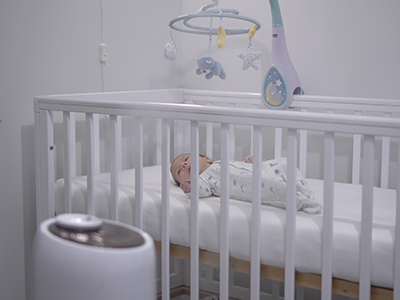 https://riseandshine.childrensnational.org/wp-content/uploads/2024/04/baby-sleeping-in-crib-feature.png
300
400
Danielle Robbins
https://riseandshine.childrensnational.org/wp-content/uploads/2017/11/childrens_riseandshine_logo.jpg
Danielle Robbins2024-04-19 10:54:482024-04-22 11:13:49The truth about baby sound machines and hearing loss
https://riseandshine.childrensnational.org/wp-content/uploads/2024/04/baby-sleeping-in-crib-feature.png
300
400
Danielle Robbins
https://riseandshine.childrensnational.org/wp-content/uploads/2017/11/childrens_riseandshine_logo.jpg
Danielle Robbins2024-04-19 10:54:482024-04-22 11:13:49The truth about baby sound machines and hearing loss





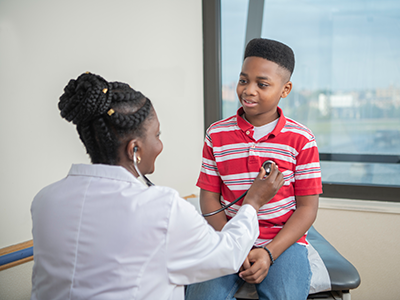
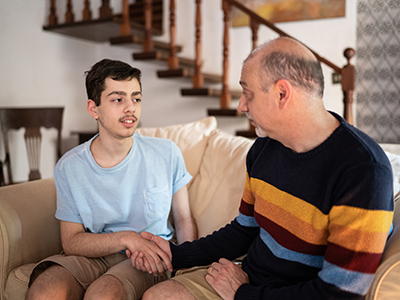




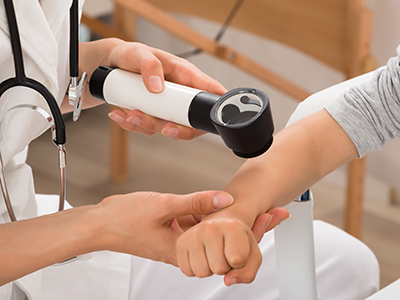








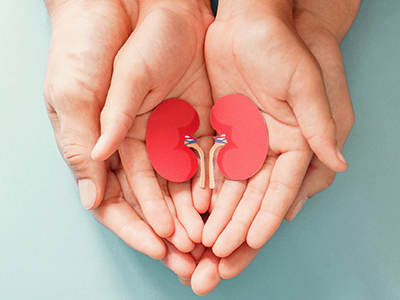
Leave a Comment
Want to join the discussion?Feel free to contribute!